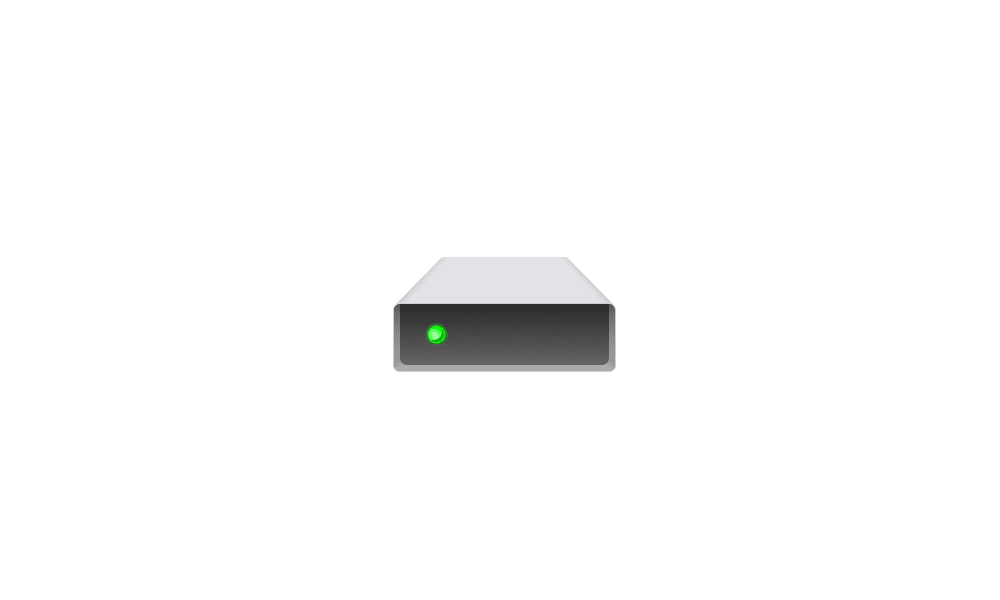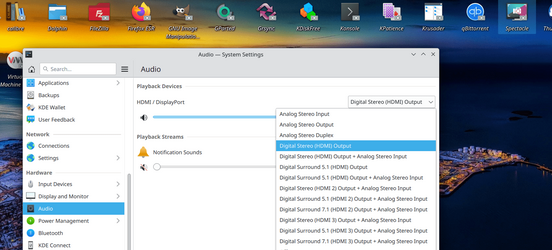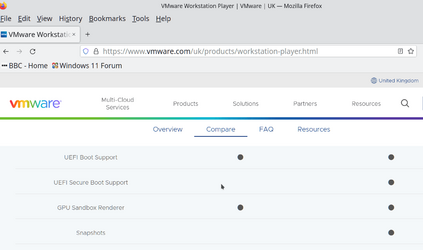Tweakfiend
Well-known member
- Local time
- 5:38 PM
- Posts
- 45
- OS
- Windows 11 Pro 64 bit / Windows 3.11 Emulator
Hi
Im sure this has been touched on b4, but just checking ...
I have installed the Release Canary version of Win 11 on VirtualBox 7 , but cannot enable all features, as I could not register this version, having already registered Windows 11 Pro as my main Host version.
Any workround ?
Im sure this has been touched on b4, but just checking ...
I have installed the Release Canary version of Win 11 on VirtualBox 7 , but cannot enable all features, as I could not register this version, having already registered Windows 11 Pro as my main Host version.
Any workround ?
My Computers
System One System Two
-
- OS
- Windows 11 Pro 64 bit / Windows 3.11 Emulator
- Computer type
- PC/Desktop
- Manufacturer/Model
- Self build Dec 2023
- CPU
- Pentium I9 14900K
- Motherboard
- Asus Rog Z 790 / E Wifi 7
- Memory
- 64 GB Corsair Dominator DDR5
- Graphics Card(s)
- AMD RX 590 8GB Special
- Sound Card
- Creative Soundblaster X3 External
- Monitor(s) Displays
- 32" Toshiba TV / PC
- Screen Resolution
- 1920 x 1080
- Hard Drives
- 2 x Corsair MP 600 Pro 500GB M2 drives ( Main ), + 1 Samsung M2 + Hitachi Sata Drive
- PSU
- 1000 w
- Case
- NZXT Phantom 240 , 5 fans built in system
- Cooling
- Silentium PC Spartan 5 Max
- Keyboard
- Seenda Luminous
- Mouse
- 1) Aston Martin DB9 Car ,2) McLaren Yellow P2 car , 3) Seenda Wireless
- Internet Speed
- 385 mbps
- Browser
- 6 Main ones, inter changeable
- Antivirus
- Norton 360 , 10 User
- Other Info
- Pertelian X2040 ,
-
- Operating System
- Windows 11 Home
- Computer type
- Laptop
- Manufacturer/Model
- Microsoft Surface Go
- Memory
- 8GB
- Hard Drives
- 128 GB and 256 GB Micro SD





















